加拿大高等技术学校(ÉTS)科研人员在电容去离子(CDI)基础上开发出光伏供电的水净化技术。该技术越来越多地用于去除水中离子和极性物质,通常用于低浓度或中浓度盐水的脱盐。
据称,与传统净化技术相比,该技术还具有运行成本低、能效高、处理后排出水少等优点。
该研究的通讯作者Alaa Ghamrawi告诉《光伏》杂志:“我们的新技术不需要在光伏面板和CDI海水淡化电池之间添加储能介质。它依靠将光伏能量应用于海水淡化过程的专用算法,以及基于流量调节而非电力转换的新型 MPPT技术。”
该系统原型使用一块上装二极管和分流电阻的光伏面板,该面板与膜电容去离子(MCDI)电池直流连接,当吸附过程中离子浓度达到最大值时,MCDI电池会产生短路或在电极上施加反向电压。
MCDI电池还使用流速作为控制参数。“流量变化将是调整MCDI电池阻抗的重要因素,并最终使MCDI电池阻抗达到最大值。”科学家们解释说,他们能通过一种称为最大盐吸附跟踪算法(MSAT)的新算法来控制流速,从而优化太阳能组件产生的电能。
科研人员在不同运行条件下对原型进行测试,发现在清朗夏日,光伏供电的MCDI电池能够生产28升淡化水,而传统MCDI装置只能生产24升。他们还发现MSAT跟踪效率为98.6%,与传统MPPT相当。
“传统MCDI电池需要成本更高的MPPT控制器才能实现高性能,”Ghamrawi解释说,并指出DC直连能带来经济效益,“200AH设备的每个CDI电池成本约为200美元。此外控制器成本约为10美元,MPPT微控制器成本超过20美元。” 发表在《Desalination》杂志上的论文《由光伏太阳能电池板供电的电容去离子电池的最大盐吸附跟踪》描述了该系统。Ghamrawi说:“目前我们已开始进行商业设计,开发电路板和系统组件。”
This content is protected by copyright and may not be reused. If you want to cooperate with us and would like to reuse some of our content, please contact: editors@pv-magazine.com.
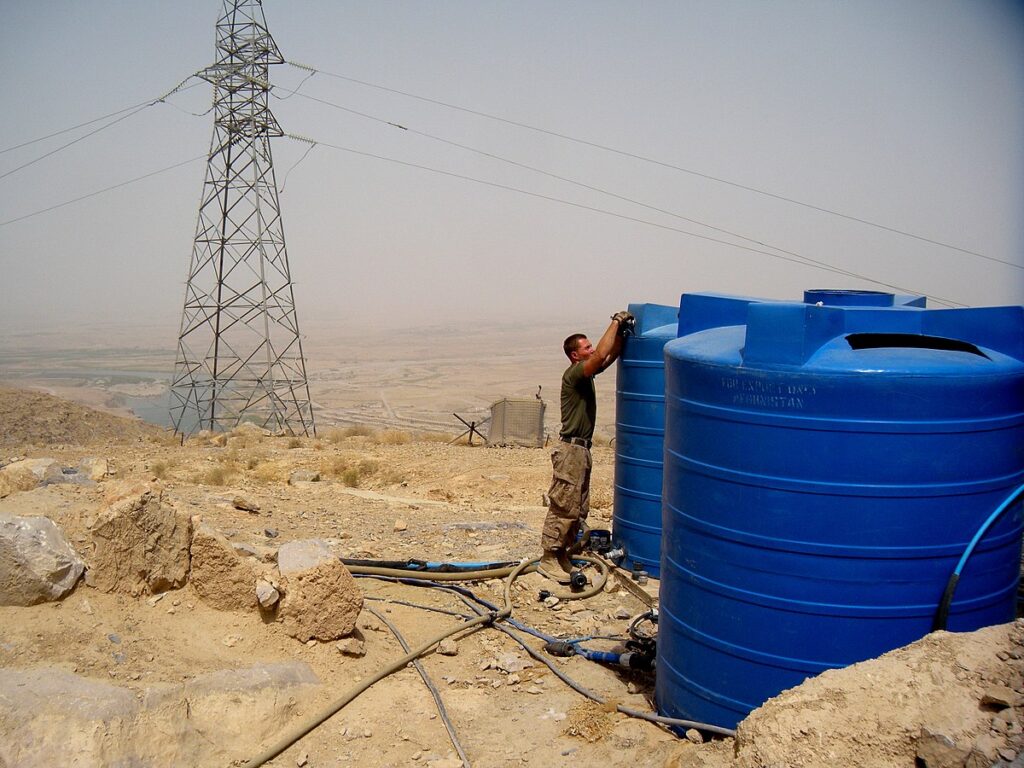



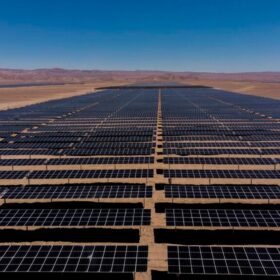
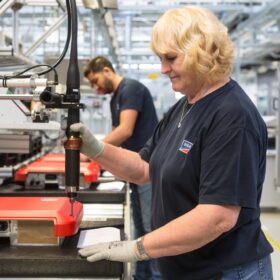
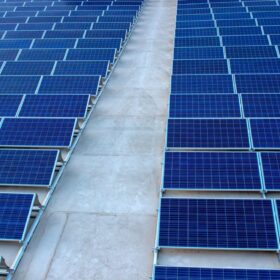
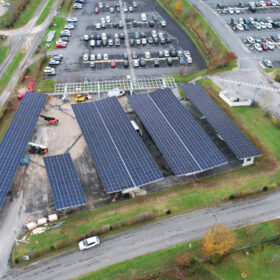
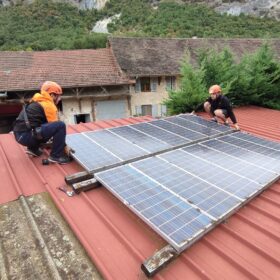
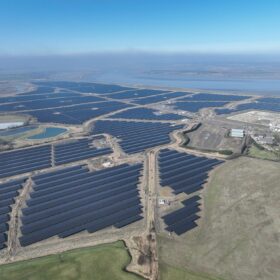
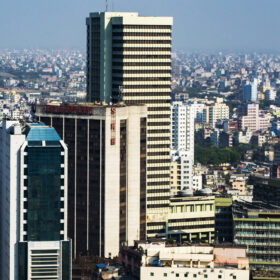
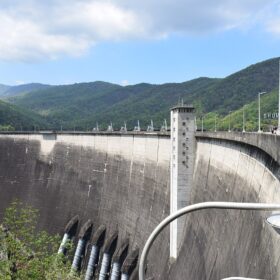
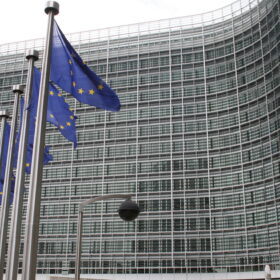

By submitting this form you agree to pv magazine using your data for the purposes of publishing your comment.
Your personal data will only be disclosed or otherwise transmitted to third parties for the purposes of spam filtering or if this is necessary for technical maintenance of the website. Any other transfer to third parties will not take place unless this is justified on the basis of applicable data protection regulations or if pv magazine is legally obliged to do so.
You may revoke this consent at any time with effect for the future, in which case your personal data will be deleted immediately. Otherwise, your data will be deleted if pv magazine has processed your request or the purpose of data storage is fulfilled.
Further information on data privacy can be found in our Data Protection Policy.